There are crystalline and non-crystalline (amorphous) forms of silica, which refers to how the silica is chemically structured. Crystalline silica is generally considered more hazardous than non-crystalline silica. The most common type of crystalline silica is quartz (CAS 14808-60-7).
Natural and man-made materials can contain different amounts of crystalline silica, for example:
| Type | Amount of crystalline silica (%) |
| Marble | Up to 7% |
| Limestone | Up to 2% |
| Granite | Variable, between 25% to 50% |
| Natural sandstone | Variable, between 52% to 95% |
| Engineered stone** | Up to 97% |
| Aggregates, mortar and concrete | Variable, between 20% to 98% |
*The composition of natural stones, such as limestone, granite and sandstone, can vary significantly depending on the source. These values are typical ranges and should be used as general guidance only. Always verify the specifications of the exact material you are working with, consult the supplier, or conduct your own testing.
** Subject to certain exceptions, the importation, supply, processing, and installation of engineered stone benchtops, panels and slabs is prohibited in Australia. Read more about Engineered Stone.
Respirable crystalline silica
When materials containing crystalline silica are processed (such as when they are cut, sanded, polished, drilled, or crushed), they can release tiny silica dust particles into the air. These particles are called respirable crystalline silica (RCS). They’re so small you can’t see them, and they can stay in the air for a long time.
Breathing in RCS can cause serious irreversible lung diseases like silicosis and lung cancer. These diseases can take years to show symptoms and may keep getting worse even after stopping exposure to RCS. All silica-related diseases are preventable by using controls that eliminate or effectively minimise exposure to RCS.
Work activities that can generate respirable crystalline silica
Silica is one of the most abundant minerals found in the earth’s crust and is found in many products across a variety of industries and workplaces. Examples of work that can generate respirable crystalline silica include:
- using power tools to cut, grind or polish natural and engineered stone countertops
- angle grinding, cutting, jack hammering and chiselling concrete or masonry
- excavation, earth moving and drilling operations
- mining, quarrying, mineral ore treating processes
- mechanical screening
- road construction and tunnelling
- cutting and laying pavers
- construction, building, and demolition
- crushing, loading, hauling and dumping of rock or construction waste
- foundry casting
- pottery making
- clean-up activities (e.g. sweeping)
- hydraulic fracturing of gas and oil wells, and
- abrasive blasting.
Diseases caused by exposure to respirable crystalline silica
Workers that breathe in respirable crystalline silica could develop:
- Acute silicosis after a short exposure to very high levels of silica dust, within a few weeks or years. This causes severe inflammation and build up of protein in the lung.
- Accelerated silicosis after exposures of 3 to 10 years to moderate to high levels of silica dust. This causes inflammation, protein in the lung and scarring of the lung (fibrotic nodules).
- Chronic silicosis after long term exposure to lower levels of silica dust. This can lead to fibrotic nodules, shortness of breath, and progressive massive fibrosis.
- Chronic bronchitis
- Emphysema
- Lung cancer
- Kidney damage
- Scleroderma
